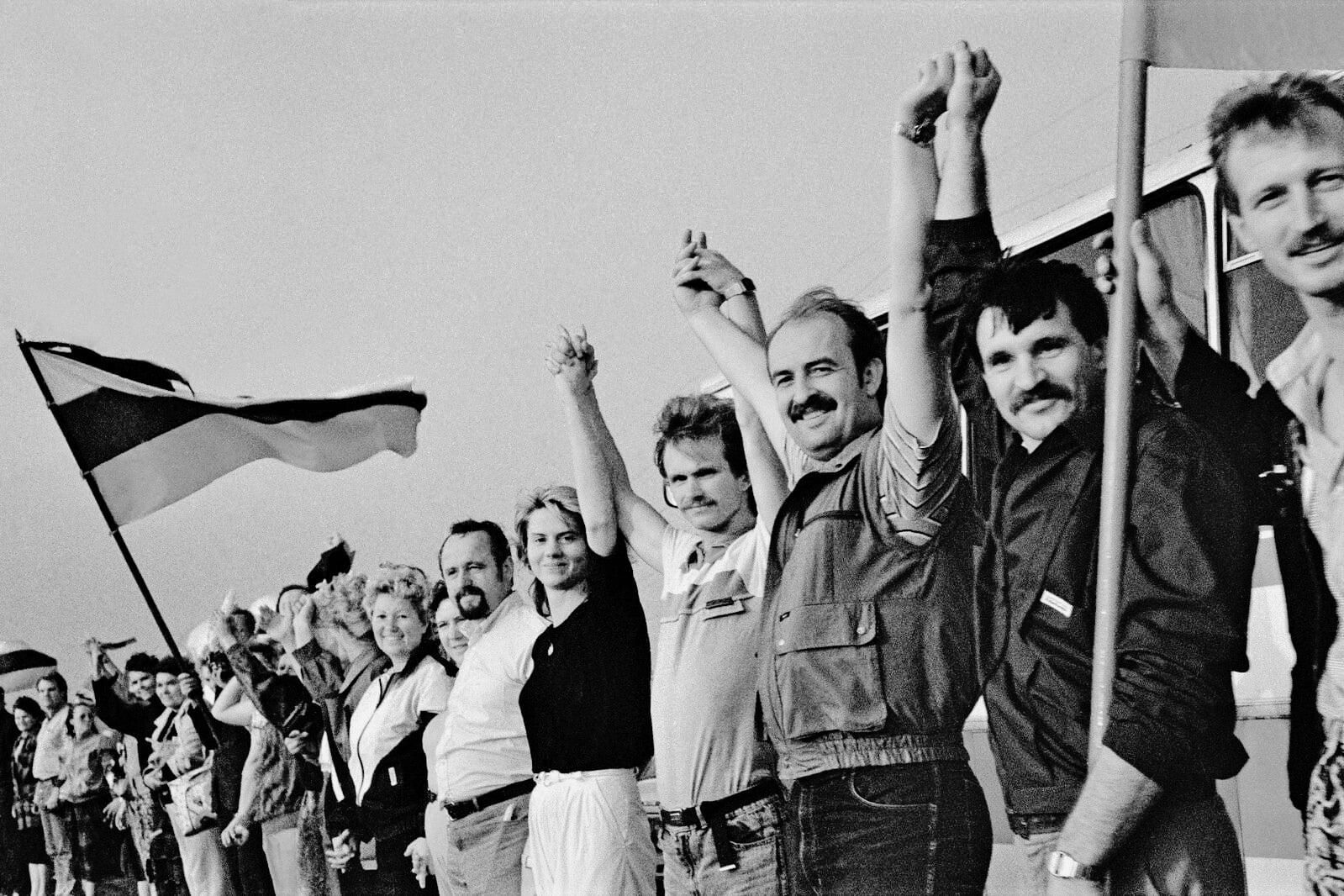Black Ribbon Day: The Baltic Warning for Ukraine

On August 23, we mark Black Ribbon Day, the European Day of Remembrance for Victims of Stalinism and Nazism. It is both a day of mourning and a call to vigilance, honoring the courage of those who stood against the darkest forces of the 20th century.
Black Ribbon Day reminds us of what happens when tyranny is appeased.
In 1939, Hitler and Stalin carved up Europe in the Molotov–Ribbentrop Pact, paving the way for the occupation and subjugation of the Baltic States. What followed were deportations, executions, and the attempted erasure of nations. The human cost was immense. Under Soviet rule, more than 300,000 Lithuanians—alongside Latvians, Estonians, Poles, Ukrainians, and others—were directly repressed through executions, imprisonment, and deportations to the frozen tundra and remote labor camps of Siberia. Families were shattered, cultures silenced, faith suppressed.
Fifty years later, on August 23, 1989, the Baltic peoples confronted the Molotov–Ribbentrop Pact with the Baltic Way: about two million citizens peacefully and joyfully joining hands across Lithuania, Latvia, and Estonia.
That human chain forever changed the course of history—in Lithuania, in all three Baltic States, and in Europe as a whole. It declared to the world that national freedom could not be erased. The Baltic Way was not only a protest, but also a living bridge of dignity against tyranny.
Black Ribbon Day is not only about remembrance, it is also about warning. The Baltic nations know what “only de facto” Russian occupation means—and that “temporary” can last half a century. The lesson is clear: once Russia occupies, it does not leave. “Temporary” occupation is not a pause but a program of erasure. Freedom, once lost, can take generations to regain.
That lesson matters now for Ukraine. Some argue that Russia’s occupation of Ukrainian land could be treated as “temporary” and only “de facto,” leaving hope for its eventual return to Ukraine in the future. But sovereignty and territorial integrity are not abstractions—they are shields that protect people from subjugation.
The Baltic Way encourages us to believe that in the most challenging circumstances, unity, solidarity, and the shared desire for freedom and justice can become powerful forces for change. History teaches us that the human spirit—the unyielding will to decide one’s own fate—cannot be permanently silenced.
The Baltic Way has had a profound impact on our lives. It is part of our collective memory and identity. I was fortunate to be among the 1.8 million people who stood hand in hand on August 23, 1989, on that historic day. And I am grateful that the idea of the Baltic Way continues to inspire—and, even more importantly, that it motivates the younger generation to learn from history and ensure its mistakes are not repeated.
H.E. Gediminas Varvuolis is the Lithuanian Ambassador to the United States of America. All opinions are those of the author and do not necessarily represent the position or views of VOC.
Photo: The Baltic Way in Lithuania via Kusurija on Wikimedia under CC BY-SA 3.0.

